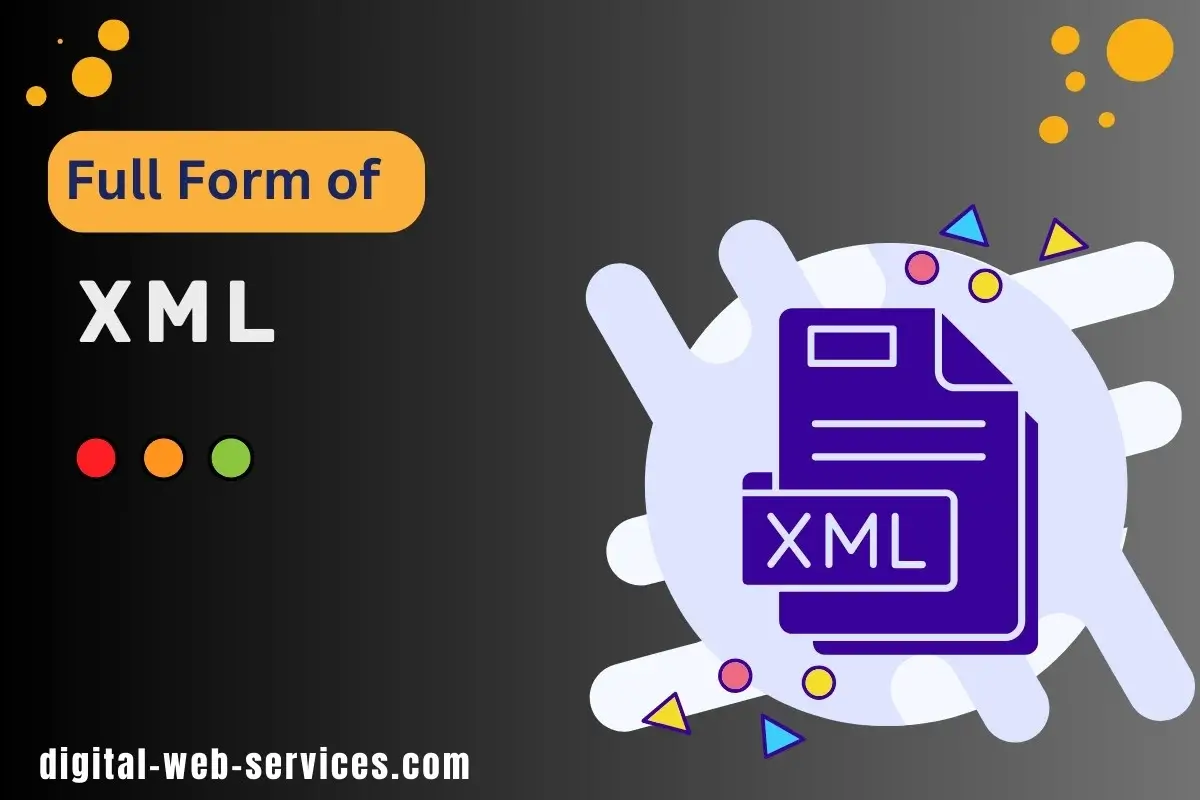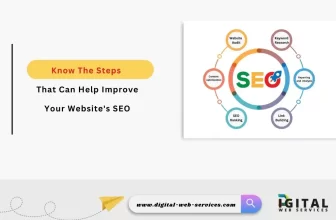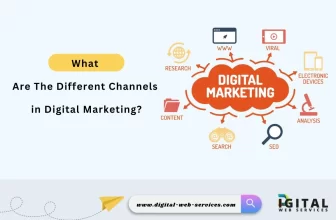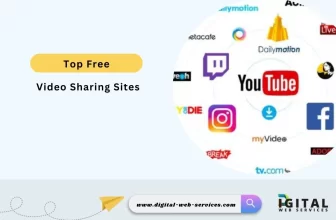
XML stands for Extensible Markup Language. It is used to store and transport data in a format that can be easily understood by machines and other programs. XML sitemaps are also important for your website’s SEO because it make it easier for Google or other search engines to find the URLs of your site that you want to be crawled by search engine crawlers.
Full Form of XML: Extensible Markup Language
The full Form of XML is an Extensible Markup Language. A sitemap is a file where you can provide important information about the pages. It has a list of your website’s URLs, which you recommend to be crawled.
- Extensible: Unlike HTML with its predefined tags, XML allows you to create your own custom tags to fit your specific needs. This flexibility makes it suitable for storing a wide variety of data.
- Markup Language: It is similar to HTML, which structures webpages, XML uses tags to define different parts of the data. These tags create a hierarchy, making the data clear and organized.
Below we have shared some information that you can include in an XML sitemap:
- URLs: Include all the meaningful URLs of the web pages you want search engines to find and index.
- Images: If your websites are image-rich, you can create a separate image sitemap to provide details about your images, including their location and caption.
- Videos: Similar to images, you can list your video on a separate sitemap with details like title, description, and running time. This can help search engines better understand your video content.
- News Articles (for Google News): You can create a news sitemap. If you want to publish news content on Google News, This sitemap can help Google identify and index your news articles effectively.
What is The Common Uses of XML:
- Data Exchange: XML is widely used to exchange data between different applications and systems.
- Configuration Files: Many software programs use XML files to store configuration settings.
- Web Services: XML plays a crucial role in web services, which allows applications to communicate and exchange data over the internet.
FAQs on XML
Q: What’s the difference between XML and HTML?
Ans: XML is a markup language for storing and transporting data, Whereas HTML is a markup language for displaying data in web browsers.
Q. What is the use of an XML sitemap on a Website?
Asn: Having an XML sitemap on any website can help search engines find URLs on your site, which can speed up the crawling and indexing process of your website.
Q: Is XML difficult to learn?
Ans: The basic structure of XML is quite simple. If you’re familiar with HTML.
Q. What tools can we use to create XML sitemaps for the website?
Ans: Many XML generator tools are available to create website sitemaps. Here are some popular:
- XML-Sitemaps.com
- Yoast SEO (for WordPress)
- https://technicalseo.com/tools/xml-sitemap/
- Digital Web Services XML Sitemap Generator
Q. What are the benefits of XML sitemaps in SEO?
Ans: XML sitemaps make it easier for search engines to find and index your web pages, which helps your website get crawled and indexed faster and benefits your website’s SEO.
Digital Web Services (DWS) is a leading IT company specializing in Software Development, Web Application Development, Website Designing, and Digital Marketing. Here are providing all kinds of services and solutions for the digital transformation of any business and website.









